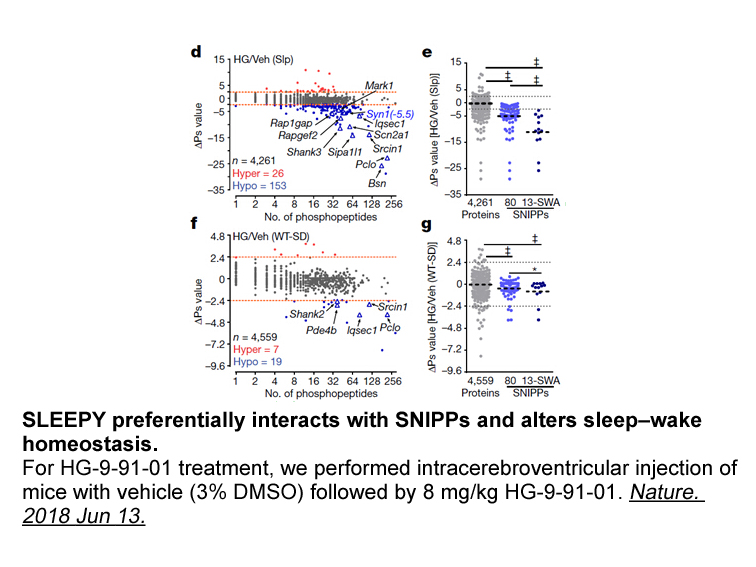Archives
br Experimental br Results and discussion br Conclusion br
Experimental
Results and discussion
Conclusion
Acknowledgments
This work is supported by the National Basic Research Program of China (973 Program 2016YFA0201201 and 2013CB932702), a project funded by the Priority Academic Program Development of Jiangsu Higher Education Institutions (PAPD), the 111 Project jointly supported by the Ministry of Education of China and State Administration of Foreign Experts Affairs, Joint International Research Laboratory of Carbon-Based Functional Materials and Devices, and Collaborative Innovation Center of Suzhou Nano Science and Technology.
Introduction
Ataxia telangiectasia-mutated (ATM) and ataxia telangiectasia and Rad3-related (ATR) are apical DNA damage signaling serine/threonine kinases that phosphorylate a broad and overlapping catalog of several thousand substrates [1], [2], [3]. ATM kinase activity is increased at DNA double-strand breaks (DSBs) and has been widely studied since individuals with the disease ataxia telangiectasia, who express no ATM protein, are the most radiosensitive humans yet identified [4], [5], [6]. Lung cancer AG-221 are radiosensitized by pharmacologic ATM kinase inhibitors in tissue culture [7], [8], [9], and it is widely believed that ATM kinase inhibitors will be tolerated in the clinic as ATM is not an essential protein [6], [10]. However, ATM kinase inhibition does not phenocopy ATM protein disruption, and while atm−/− mice that express no ATM protein are viable, mouse embryos expressing kinase-inactive ATM protein die before embryonic day 9.5–10.5 [11], [12], [13].
ATR kinase activity is increased at damaged replication forks and resected DSBs [14]. ATR has been widely studied, but advances have been complicated by the finding that ATR is an essential protein in mice and mammalian cells [15], [16], [17], [18]. Overexpression of kinase-inactive ATR increases sensitivity to cisplatin and ionizing radiation (IR) in tissue culture [19], [20]. Consistent with these findings lung cancer cells are sensitized to cisplatin and IR by ATR kinase inhibitors in tissue culture [21], [22], [23], [24], [25]. ATR kinase activity is also increased after hypoxia and ATR kinase inhibitors sensitize radiation-resistant hypoxic cells to IR in tissue culture [25], [26], [27], [28]. Furthermore, in tissue culture and xenograft models, ATR kinase inhibitors synergize with DNA damaging chemotherapy to kill cancer cells that have mutations that inactivate ERCC1, ATM and XRCC1 [29], [30], [31]. Thus, while it is anticipated that ATR kinase inhibitors will generate toxicities in the clinic, acquired mutations and the microenvironment may render certain tumors sensitive to ATR kinase inhibitors in select tumors.
AZ31 and AZD6738 are highly selective, pharmacologic ATP competitors that inhibit ATM and ATR protein kinase activities, respectively. AZ31 is the first selective orally active and bioavailable ATM kinase inhibitor [32]. The ATR kinase inhibitor AZD6738 is also orally active and has been taken into clinical development (ClinicalTrials.gov Identifier: NCT02223923; NCT02630199; NCT01955668; NCT02264678). To support ongoing preclinical studies we have developed and validated an LC–MS/MS assay to quantitate the concentrations of AZ31 and AZD6738 in mouse plasma and performed a limited cross validated for mouse tissues.
is widely believed that ATM kinase inhibitors will be tolerated in the clinic as ATM is not an essential protein [6], [10]. However, ATM kinase inhibition does not phenocopy ATM protein disruption, and while atm−/− mice that express no ATM protein are viable, mouse embryos expressing kinase-inactive ATM protein die before embryonic day 9.5–10.5 [11], [12], [13].
ATR kinase activity is increased at damaged replication forks and resected DSBs [14]. ATR has been widely studied, but advances have been complicated by the finding that ATR is an essential protein in mice and mammalian cells [15], [16], [17], [18]. Overexpression of kinase-inactive ATR increases sensitivity to cisplatin and ionizing radiation (IR) in tissue culture [19], [20]. Consistent with these findings lung cancer cells are sensitized to cisplatin and IR by ATR kinase inhibitors in tissue culture [21], [22], [23], [24], [25]. ATR kinase activity is also increased after hypoxia and ATR kinase inhibitors sensitize radiation-resistant hypoxic cells to IR in tissue culture [25], [26], [27], [28]. Furthermore, in tissue culture and xenograft models, ATR kinase inhibitors synergize with DNA damaging chemotherapy to kill cancer cells that have mutations that inactivate ERCC1, ATM and XRCC1 [29], [30], [31]. Thus, while it is anticipated that ATR kinase inhibitors will generate toxicities in the clinic, acquired mutations and the microenvironment may render certain tumors sensitive to ATR kinase inhibitors in select tumors.
AZ31 and AZD6738 are highly selective, pharmacologic ATP competitors that inhibit ATM and ATR protein kinase activities, respectively. AZ31 is the first selective orally active and bioavailable ATM kinase inhibitor [32]. The ATR kinase inhibitor AZD6738 is also orally active and has been taken into clinical development (ClinicalTrials.gov Identifier: NCT02223923; NCT02630199; NCT01955668; NCT02264678). To support ongoing preclinical studies we have developed and validated an LC–MS/MS assay to quantitate the concentrations of AZ31 and AZD6738 in mouse plasma and performed a limited cross validated for mouse tissues.
Experimental
Results and discussion
Conclusion
Employing LC–MS/MS allowed for quantitation of AZ31 and AZD6738 with a run time of 10min across a concentration range of 10–5000ng/mL. This allowed for the evaluation of AZ31 and AZD6738 distribution in mouse plasma and tissues. To our knowledge, this is the first assay published to date to simultaneously quantitate AZ31 and AZD6738 that is validated according to FDA guidance [34]. The analytical method presented herein will be a valuable tool in quantitating AZ31 and AZD6738 in mice as these drugs undergo further preclinical and clinical development either as monotherapy or in combination with other anticancer agents.